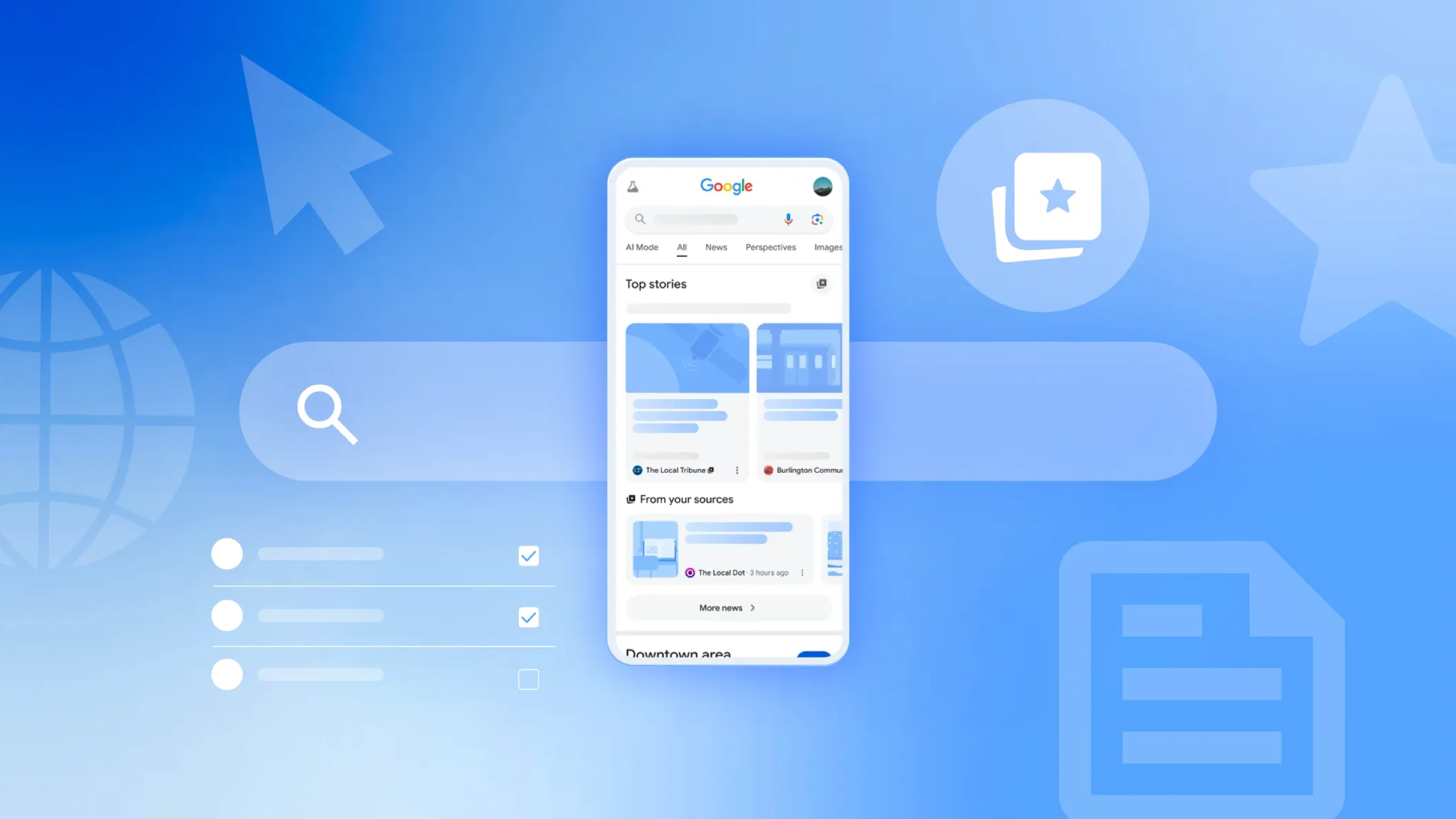Galaxy S20 vs. OnePlus 8 camera comparison: Zoom trumps macro

With recent discounts, the Galaxy S20 and OnePlus 8 can both be had for around the same price, and both offer excellent hardware, gorgeous high-refresh rate displays, 5G connectivity, and more. They also both feature triple-camera systems, but you'll get quite a different photographic experience from each phone.
The Galaxy S20 features the tried-and-true combination of wide, ultra-wide, and telephoto cameras, touting up to 30x zoom through a mix of digital cropping and AI magic. On the other hand, while the OnePlus 8 offers the same wide and ultra-wide configuration, it features a dedicated macro lens rather than a telephoto, letting you get extremely close to a subject without losing focus.
So which phone takes the better photos overall? We took both out and shot in various scenarios to see how each one fares.
Daylight photos


Galaxy S20 (left) / OnePlus 8 (right) — click to view larger.



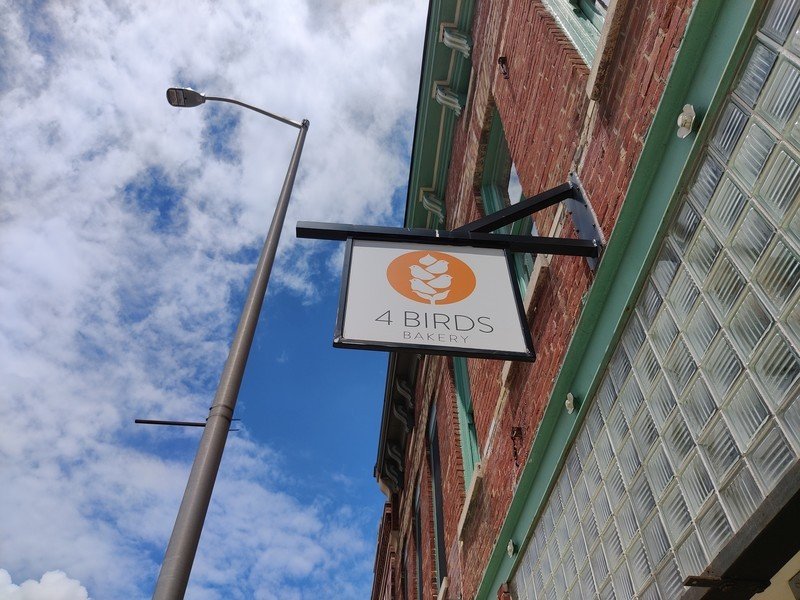

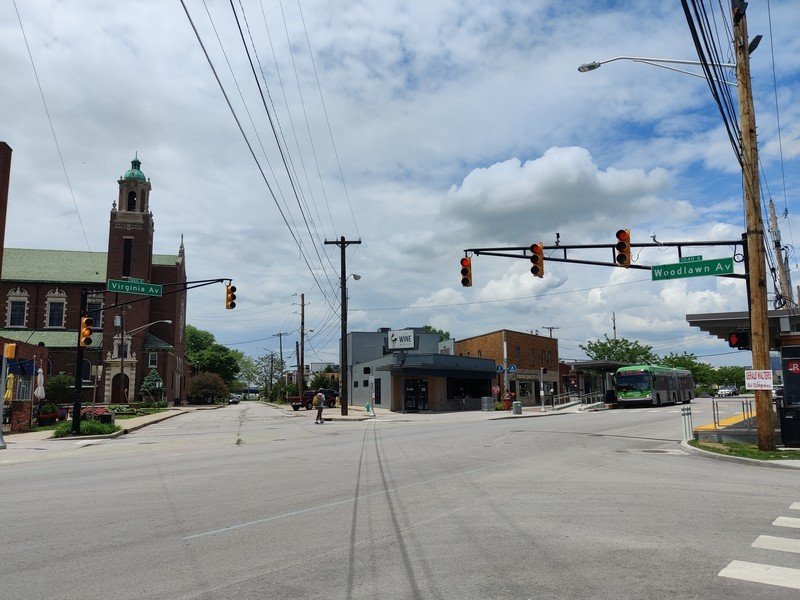


You get a similarly specced 12MP f/1.8 primary sensor on either phone, but the S20 has a distinct advantage with its 1.8µm sensor size, compared to 0.8µm on the OnePlus 8. That means that the S20 is able to take in considerably more light, and naturally achieves greater bokeh (the depth of field effect that portrait mode attempts to replicate).
The S20's larger main sensor can be both a blessing and a curse.
That being said, both phones take great photos under daylight conditions — which should be no surprise, since just about every phone these days performs well with proper lighting. In the first sample shot, I tapped on the Kuma's Corner sign on both phones to set exposure. Samsung famously has a tendency to avoid shadows and brighten images, and that seems to be the case here; compared to the OnePlus 8, the S20 blew out the shot and sacrificed the highlight details in the clouds to preserve shadow details on the building.
The resulting washed-out look is present (though much less pronounced) in a handful of other photos as well; in harsh outdoor lighting, I tend to prefer the OnePlus 8's more balanced exposure and colors.
Get the latest news from Android Central, your trusted companion in the world of Android
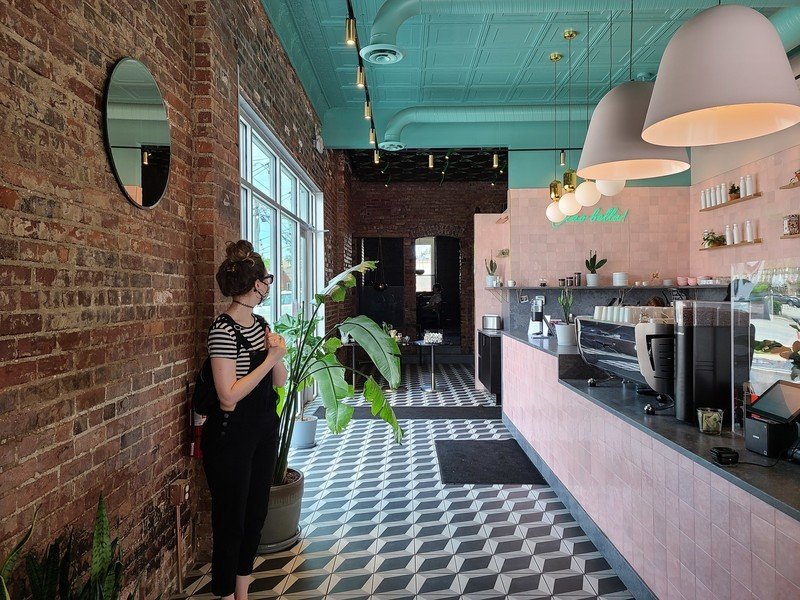

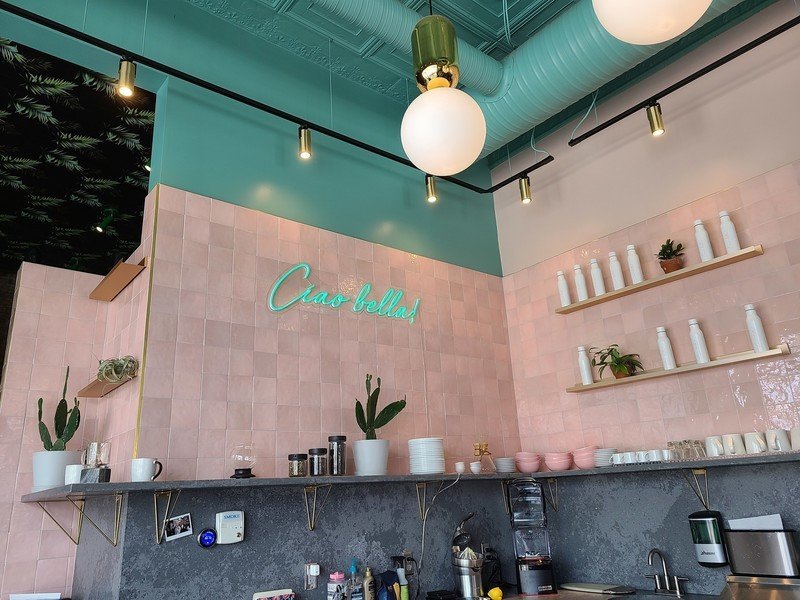







Bringing the phones inside, the S20 starts to regain some confidence. Colors are much more consistent and, to my surprise, more accurate on Samsung's end; in the indoor shots, the S20 maintained fairly true-to-life colors while the OnePlus 8 leaned too heavily into warm tones. There's also considerably more detail in the former's capture of the "You Are Beautiful" sign outside, both in the surrounding bricks and the sign itself.
Interestingly, Samsung's long-observed tendency to oversaturate photos didn't really kick in until I moved to flowers, at which point the S20's shot is dramatically more vibrant and contrasty. This is likely due to the S20's AI shooting modes, which detect various objects within the frame and adjust settings accordingly.
The flower shot is also a good example of the S20's larger sensor at work. There's noticeably more separation between the flowers and leaves in the foreground and the leaves in the background; on the OnePlus 8, the leaves furthest back are still vaguely in focus while the S20 manages to completely blur them out.



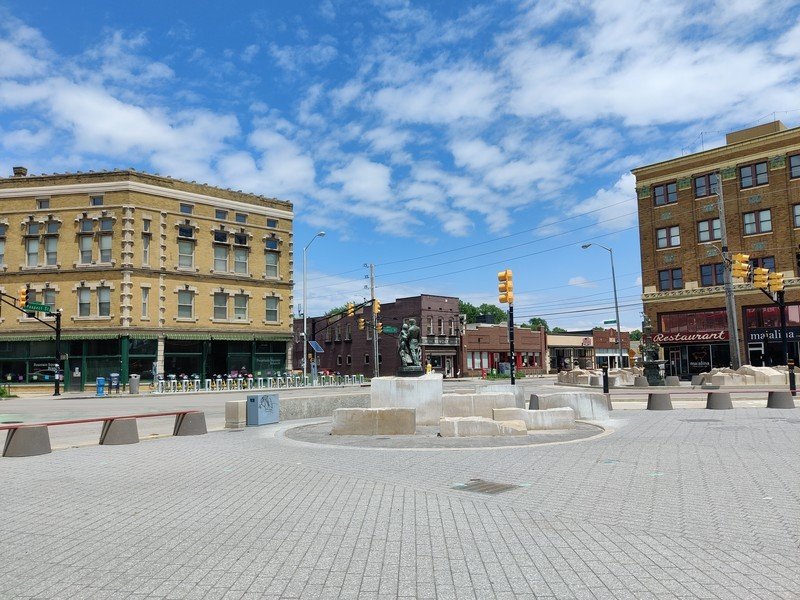



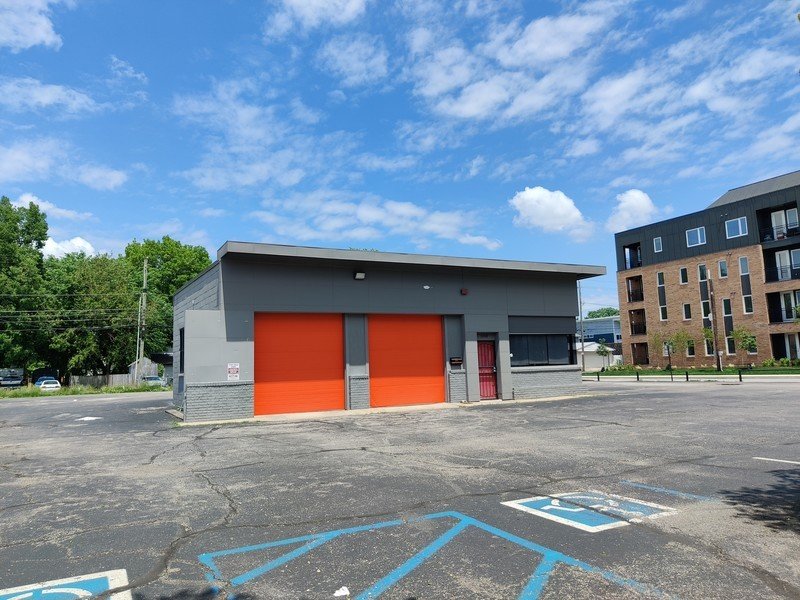


Elsewhere, each phones' traits remain evident. The Galaxy S20 maintains its punchy, high-contrast look in each of my samples, particularly visible in the buildings and skies, while the OnePlus 8 continues to retain more shadow detail in challenging shots.
One fringe case is the final flower shot, where the OnePlus 8 somehow took a completely washed out photo with little to no shadow detail, while the S20's photo looks much more balanced (though, once again, with unnaturally high contrast and a blurrier background).
Ultra-wide photos
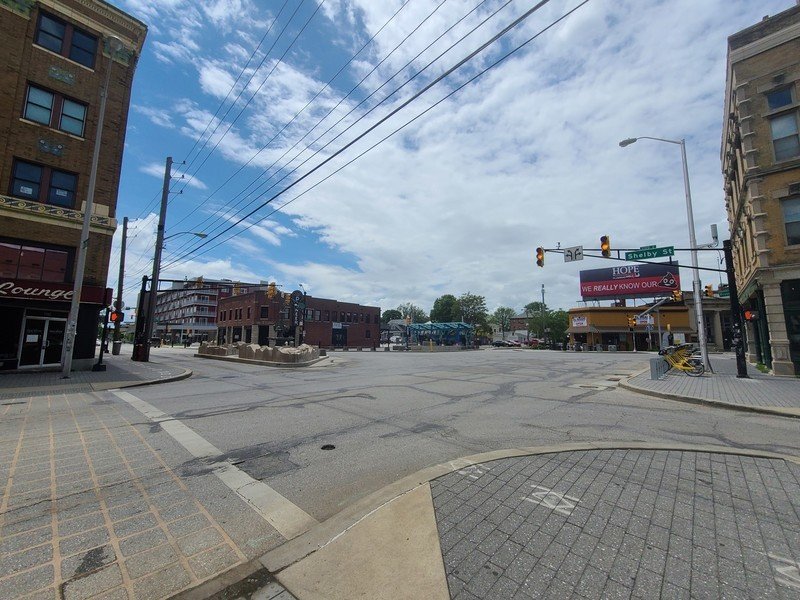

Galaxy S20 (left) / OnePlus 8 (right) — click to view larger.




While both phones manage to take great shots with their primary sensors, the ultra-wide secondary lens is a different story. The Galaxy S20 has a 12MP ultra-wide lens that expands your captures out to 0.5x the primary camera's perspective. The OnePlus 8's ultra-wide has a higher resolution at 16MP, but doesn't get quite as wide at 0.6x.
To be blunt, the OnePlus 8's ultra-wide is a complete mess compared to the S20's. In direct contrast with the difference in main sensors, the OnePlus 8's ultra-wide captures virtually zero shadow details, and wildly sharpens details like text and clouds. I'd rather have a bad wide-angle than no wide-angle, but there's no question that Samsung's easily prevails over OnePlus's here.




Zoom photos


Galaxy S20 (left) / OnePlus 8 (right) — click to view larger.


Galaxy S20 — click to view larger.
Another big win for the Galaxy S20 is telephoto captures. The S20's 64MP telephoto sensor uses a combination of hybrid optic zoom and digital cropping to allow you to shoot subjects up to 30x closer than the primary sensor. Of course, with digital zoom, you lose more detail the further you zoom in, and the S20's zoom shots are only really useful at up to aroudn 10x — but that's still five times closer than the 2x zoom you get by cropping in on the OnePlus 8's main sensor.
That's not to say that the OnePlus 8 can't take good shots at 2x; in fact, at this range I often actually prefer its photos over the S20's, with better colors and exposure in the shots of the 4 Birds Bakery sign and the robotic arm mural.


Galaxy S20 (left) / OnePlus 8 (right) — click to view larger.



Galaxy S20 — click to view larger.



Galaxy S20 (left/center) / OnePlus 8 (right) — click to view larger.
The Galaxy S20 defaults to 3x zoom when changing cameras in the viewfinder software, but you zoom in or out anywhere from 2x to 30x. In the mural shots above, the initial 3x capture retains plenty of detail, and even punching into 10x is reasonably sharp (though zooming that far starts to introduce more pronounced haloing and color fringing).
Once you zoom all the way to 30x, the artist's handle is still legible, but there's an overwhelming amount of noise that, at least to my eyes, makes the photo largely unusable.
Macro photos
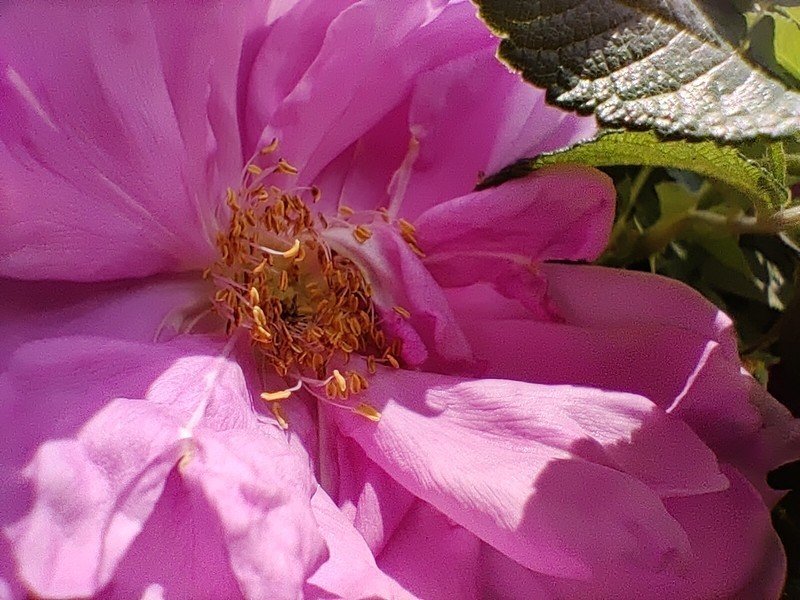


OnePlus 8 — click to view larger.
The OnePlus 8 features a dedicated macro lens with a minimum focal distance of just 4cm, allowing you to take close-up shots of small details without losing focus. It's a neat trick that lets you get unique and sometimes slightly uncomfortable photos, but at just 2MP, the results aren't nearly as sharp or detailed as you'd hope for.
There's also no way to enable focus peaking in the camera software, which means there's no way to really know when your shots are even in focus. This exclusion isn't a big deal on the main sensor, but when you're bringing tiny details into focus, you need all the help you can get — in the three shots above, it was little more than a guessing game trying to get the inner details of the flower in focus.
Selfies

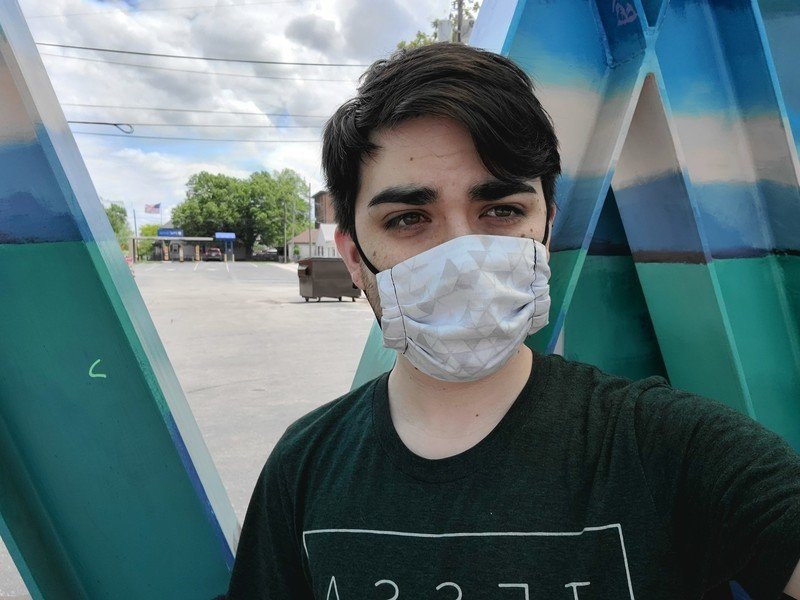

Galaxy S20 (left/center) / OnePlus 8 (right) — click to view larger.
Front-facing cameras are never quite up to par with the main sensors, but having a good camera for taking selfies is important to a lot of people (maybe not so much these days while we're itching for a haircut). Both phones feature a single front camera tucked into a hole punch cutout, but the S20 offers a second, wider angle for taking group photos. The OnePlus 8 is limited to a single perspective, but its front camera is actually wider than Samsung's, even with the latter's extended view.
The OnePlus 8's shot is significantly brighter, but less detailed, particularly with facial details. There's also a more natural rolloff to the background elements like the trees and sky behind me in the S20's samples.
So which camera is better?
The OnePlus 8 certainly has its advantages, but I think it's pretty clear that the Galaxy S20 is the more well-rounded camera system overall. From a far better-performing ultra-wide camera to a more useful dedicated telephoto lens versus the OnePlus 8's macro sensor, the S20 is better suited to tackle a wider range of shooting scenarios, and the larger sensor produces fantastic natural bokeh (even though that same sensor size can be its undoing in harsh lighting).
I'm generally not a fan of Samsung's signature high-contrast and punchy look, nor do I love the S20's tendency to unnaturally lift shadows, but I'm willing to accept these trade-offs in exchange for a more versatile camera system — especially while the S20 is being discounted to close to the same price as the OnePlus 8.
Of course, there are plenty of other factors to consider when shopping for a phone, and I personally far prefer OnePlus's Oxygen OS software over Samsung's One UI, but if you're strictly in it for the cameras, the S20 is the better choice between the two.
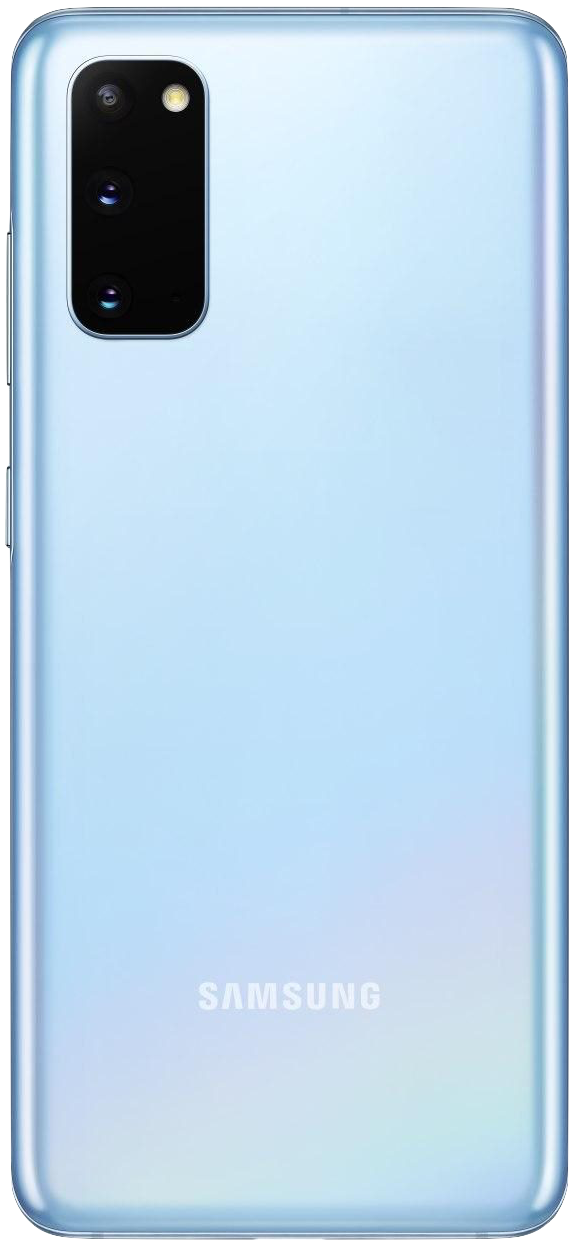
Making better use of a triple-lens system
The Galaxy S20 features one of the best triple-lens arrangements around, with wide, ultra-wide, and telephoto lenses at your disposal. You can shoot anywhere from 0.5x to 30x, and trust the S20 to capture beautiful photos with great-looking natural bokeh.

A great main sensor marred by weak secondary cameras
The OnePlus 8 has an excellent primary sensor, often times besting that of the Galaxy S20, but it's held back by an unimpressive ultra-wide camera and a largely useless macro sensor. Still, the main camera takes consistent, well-balanced shots.

Hayato was a product reviewer and video editor for Android Central.
